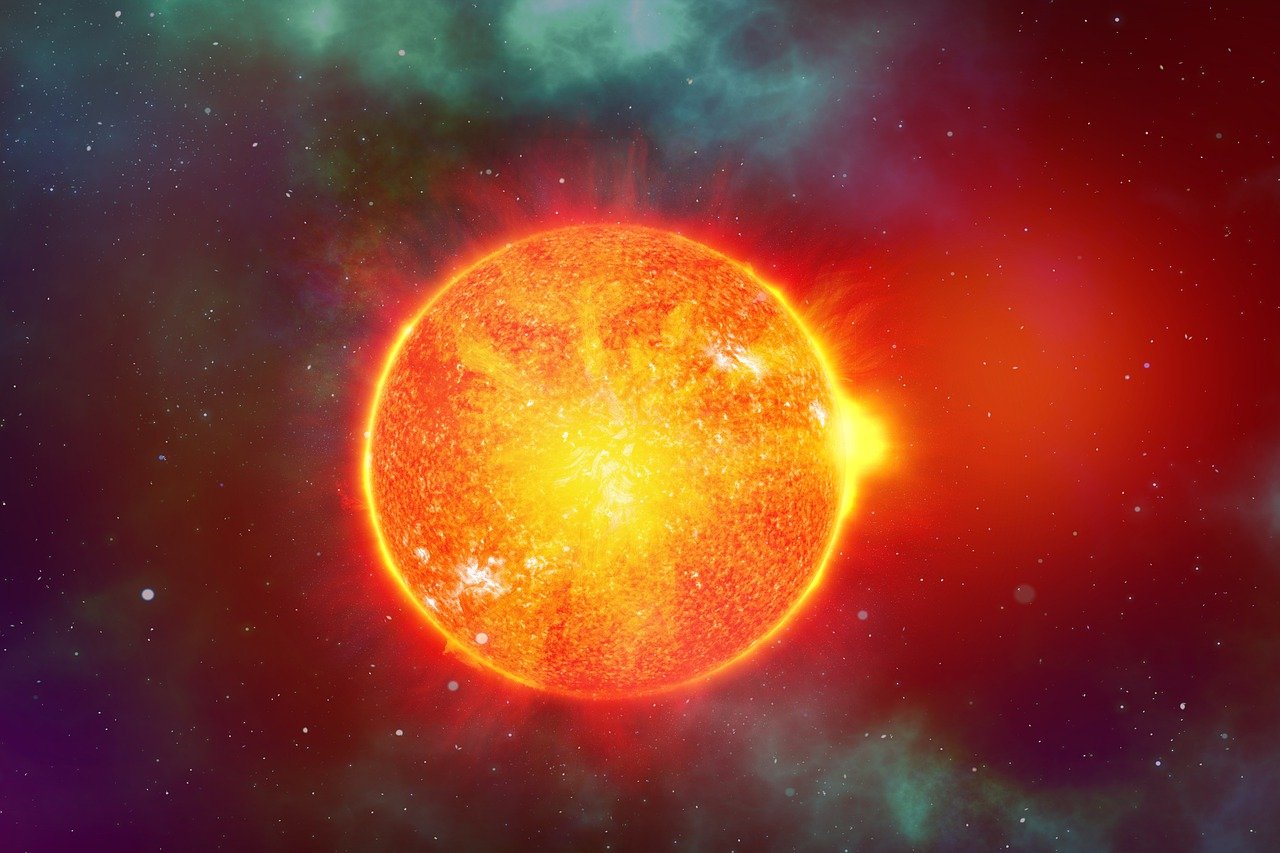
Pre-reading questions:
I will read each question. Then, please answer them.
講師がそれぞれの質問を読むので答えましょう。
- Do you know what a solar storm is?
- Can a solar storm be predicted?
Vocabulary:
I will read the words, meanings, and sample sentences. Then, repeat after me.
単語、意味、例文を読みます。講師に続いて音読しましょう。
- nearly /NEER-lee /
- unusual /uhn-YOO-zhoo-uhl/
- further /FUR-ther/
- fortunately /FAWR-chuh-nit-lee /
- communication /kuh-myoo-ni-KEY-shuhn/
[adverb] – almost, not quite
I’ve nearly finished my homework; I just need a few more minutes.
[adjective] – not normal, uncommon
It’s unusual to see snow in this part of the country.
[adverb ] – to a greater degree or extent; additionally
Please move further down the line to make space for others.
[adverb] – by good fortune; luckily
Fortunately, the rain stopped just in time for the outdoor picnic.
[noun] – technology and systems used for transmitting information, such as radio, satellite, and other forms of electronic communication
The communication between the satellite and ground stations was momentarily disrupted by the solar flare.
Article reading:
Please read the whole article. Then, I will check your pronunciation and intonation.
記事を音読しましょう。講師はあなたの発音とイントネーションを確認します。
The sun recently released its largest flare in nearly 20 years, following intense solar storms that caused the northern lights to appear in unusual locations. The National Oceanic and Atmospheric Administration (NOAA) reported this flare as the biggest in the current 11-year solar cycle, captured by NASA’s Solar Dynamics Observatory and rated X8.7—the strongest since 2005. Bryan Brasher from NOAA’s Space Weather Prediction Center indicated it might be even stronger upon further analysis. Fortunately, Earth should not be affected as the flare erupted from a part of the sun turning away it. Prior solar activity, including flares and coronal mass ejections, had threatened power and communications on Earth and in space. A recent coronal mass ejection seemed directed away from Earth, pending further analysis. Over the weekend, a geomagnetic storm caused a NASA satellite to enter safe mode due to its reduced altitude. At the International Space Station, astronauts were advised to stay in well-shielded areas, though NASA confirmed they were never in danger. These events highlight the importance of monitoring space weather and understanding its impacts on Earth and space activities.
True or False:
Read the sentences and identify if they are true or false based on the article.
文章を読んで、記事に基づいて正誤を答えましょう。
- The recent solar flare was the largest in 10 years.
- The National Oceanic and Atmospheric Administration (NOAA) reported the recent flare as the smallest in the current solar cycle.
- The flare erupted from a part of the sun facing Earth.
- The recent coronal mass ejection was directed toward Earth.
- Astronauts at the International Space Station were in danger during the recent geomagnetic storm.
Fill in the blanks:
Choose the correct word from the table, then fill in the blanks.
適切な言葉を選んで空欄を埋めましょう。
| nearly | unusual | further | fortunately | communication |
- The company’s investment in ______ led to the development of state-of-the-art satellite networks for global connectivity.
- The train was ______ full, but I managed to find a seat.
- Her ______ talent for singing surprised everyone at the talent show.
- She needed to study ______ to pass the exam.
- We missed the train, but ______, there’s another one in an hour.